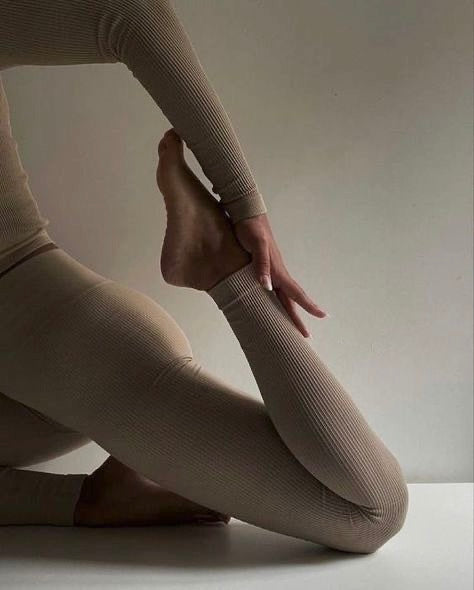Moreover, Yoga is a powerful and essential brain practice activity for ADHD patients. If you’re unsure of how to do this one or any of the poses I mention here without injuring yourself, you should definitely check out my class, Yoga for Hormonal Imbalance. 2. Turn your left foot out to the left 90 degrees while turning your right foot slightly inward, making sure to keep your heels in alignment. Going too deep into a pose without proper alignment can put you at risk for injury. The key is to start slow and resist going too far into poses. 1. Start this position on your back with your legs extended in front of you and your arms at your side, palms up. 3. Then press your hands into the ground while moving your buttocks slightly back toward your ankles. Then repeat on the other side. 2. Bend your knees and bring your forearms to your side so your elbows form a 90-degree angle. You may add rolled blankets for support under your knees or wherever else feels comfortable. In terms of macronutrients, you can support hormone production by getting enough protein and healthy fat in your diet. Exercise can help stimulate the production of feel-good neurotransmitters such as dopamine while simultaneously suppressing excess levels of estrogen and insulin.
They are released when we feel pleasure, such as during exercise or after achieving something difficult. Consistent exercise also helps regulate cortisol, the stress hormone, preventing chronic elevation that can lead to adverse health effects. This can include standing poses for core strength and balance, twists for digestive health, forward bends for calming hormones such as cortisol, or inverted poses for elevated moods. With the right knowledge, you can create an effective yoga practice that will help keep your hormones in check. Not only will this help keep your hormones in check, but it will also provide a moment of rejuvenation and relaxation. Hormones fluctuate in many stages of a woman’s life. Yoga is more than just an enjoyable physical activity; it can also have a positive effect on your hormones. Incorporating yoga and mindfulness exercises (deep breathing, for example) into your routine may help lower your body’s serum markers of stress and, in turn, improve immune system function. It also “releases tension in the lower abdomen and strengthens glutes to support hip health.” Can’t do a full bridge? This is the easiest way to “wring out” the front of your body and relieve tension in the lower back. Breathe in and out a few times before lifting yourself back up.

In fact, it’s natural for our bodies to have a healthy dose of cortisol in the morning which should then level out throughout the day. 2. Then bend your knees upward, bringing your heels close to your buttocks. 1. Begin on all fours, making sure your hips are straight above your knees and your shoulders are straight above your wrists for proper alignment. 3. Raise your hips to the sky, pressing into your feet and arms. 1. Lie flat on your back with your legs extended out and your arms to your side, palms up. 3. Bend your left knee so your shin is perpendicular to the ground (resist letting it travel beyond your ankle) and keep your torso neutral with your arms strong. Your thighs and feet should be parallel and your thighs should also be parallel with the ground. 2. Bend both knees outward and bring the soles of your feet together. 1. Stand with your feet about as far apart as you did for Warrior II. For example, high blood sugar can cause spikes in cortisol starting a chain of hormonal reactions. This inversion enhances blood circulation, allowing for better nutrient and oxygen flow. And with better hormone balance often comes increased sexual desire and reproductive function.
Regular yoga practice may help improve the interaction between the brain and hormones (neuroendocrine axes), meaning that hormones are better balanced overall. Let’s take a look at some of the hormones released during yoga and how they can benefit you. Embracing yoga as a nurturing ally in the journey to hormonal balance is an empowering choice-one that resonates not only with the body but also with the essence of well-being and self-care. These hormones can enhance feelings of well-being and happiness, promoting a more stable hormonal environment. One benefit rarely discussed is how yoga affects your hormones. Supplements can play a role in balancing hormones. Many yoga poses are gentle and can be completed at your own pace, but your doctor can clarify any major do’s and don’ts for you. Each different type of yoga comes with either a specific sequence, environment, or focus. 2. Relax into this position and focus on your breathing. Being unable to focus on given tasks is one of the symptoms of ADHD. Simply being told to “relax” can have a negative effect and lead to a vicious cycle of self-blame.
If you have any concerns concerning where by and how to use Yoga helps balance hormones, you can make contact with us at the web-page.
